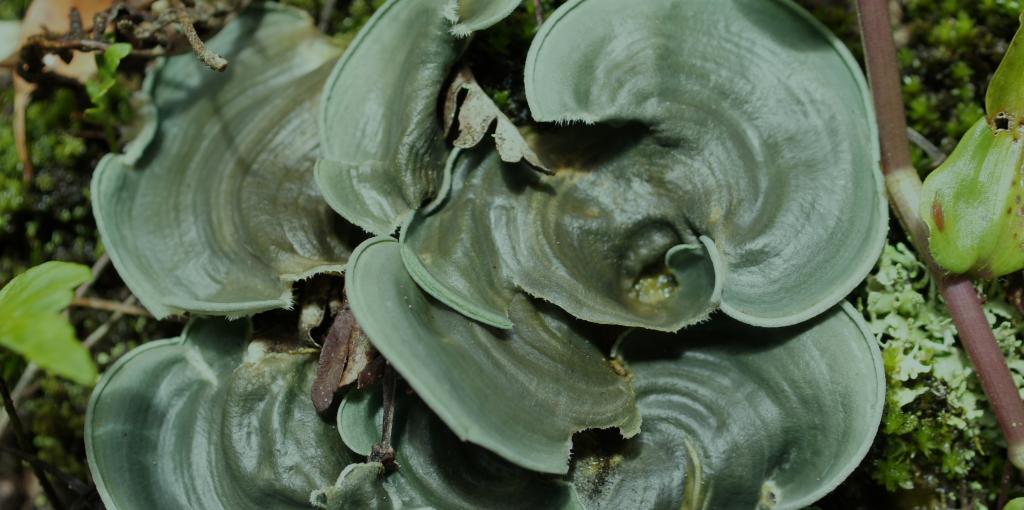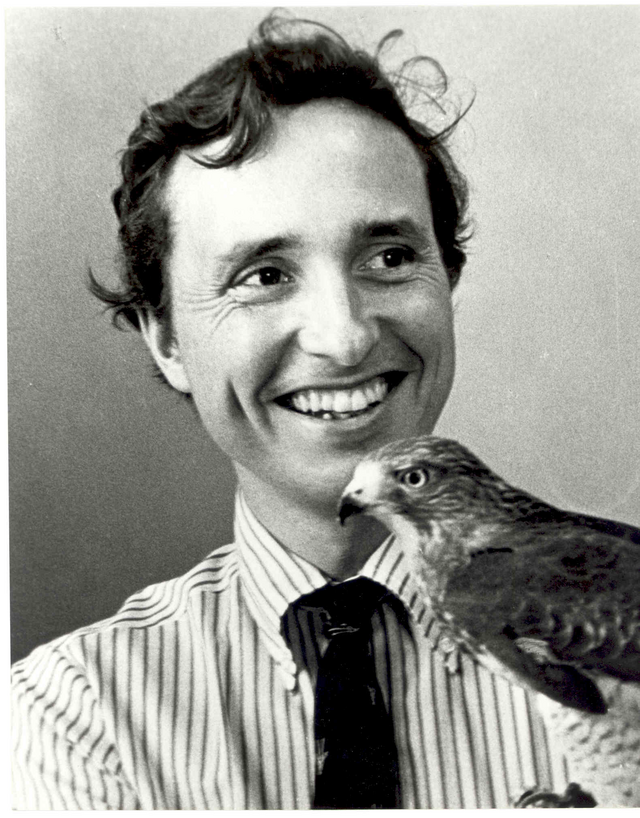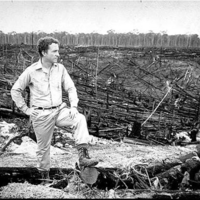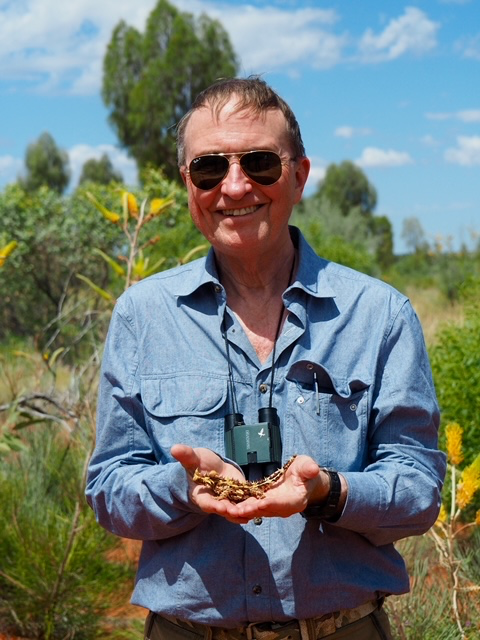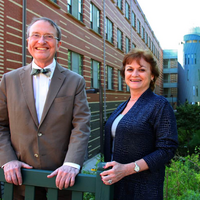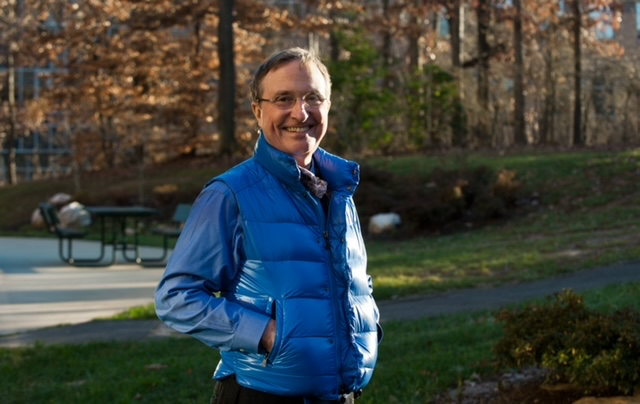Admission CTAs
Lovejoy's legacy will go on
Insights on the tremendous impact of Dr. Tom Lovejoy from Dr. A. Alonso Aguirre, Chair of the Department of Environmental Science and Policy at George Mason University.
By now the world has learned of the loss of our eminent University Professor Dr. Thomas E. Lovejoy III (1941-2021) at the Department of Environmental Science and Policy who passed on Christmas day.
Tributes have been published by the College of Science and The George at George Mason University, National Geographic, and Mongabay to name a few. We all know his passing represents a great loss to conservation biology and climate change. All his contributions as a scientist, tropical field biologist, conservationist, biopolitician, pioneer, innovator, and most importantly an excellent human being, are well known globally as he impacted many with his words of wisdom, humanity, and care for our planet.
I first met Tom in 1987 at the 4th World Wilderness Congress when I was a PhD student at Colorado State University. He spoke about the Brazilian Amazon’s fragmentation and its implications to biodiversity loss, describing the Minimum Critical Size of Ecosystems project. Also known as the Biological Dynamics of Forest Fragments Project (BDFFP), he implemented the BDFFP in Manaus, Brazil in 1979. Incidentally, this program, is considered a centerpiece of the emerging discipline of Conservation Biology.
I saw Tom again in his office at the Smithsonian Castle in 1994, with one of my best friends, Dr. Francisco Dallmeier. I realized the scientific impact of Tom’s accomplishments, as he served as chairman of the United Nations Man and Biosphere Program. We discussed how BDFFP became a giant experiment that defined the minimum size for national parks and biological reserves as well as the strategies to manage small areas. Tom would travel there every year to showcase his transformative experiment at Camp 41. As of last count, 796 scientific articles have been published from BDFFP by him and his collaborators until September 2021.
Our paths always crossed throughout the years. Tom was on the board of numerous conservation organizations around the world. We worked on many conservation issues together for over a decade with the Wildlife Trust (now EcoHealth Alliance) where Tom was the president of the board and then honorary member. Tom was appointed University Professor at Mason in 2010 and I joined the Smithsonian-Mason School of Conservation (SMSC) the following year. He was a thoughtful and brilliant mentor, always providing me with wise decision-making options, his advice in tough issues was invaluable, and his leadership empowering.
Tom was graduate advisor of countless students at ESP and the most prolific writer, not only in our department but perhaps the university, with many articles in newspapers, magazines and technical scientific journals. He co-published two or three papers in Nature, Science and PNAS every year.
He was a passionate speaker, and was invited to multiple international conferences. During these past months most notably he gave keynotes to President Duque of Colombia, GEF COVID19 Task Force, WWF Insider Series, North American Ornithological Congress, TNC Sustainable Trajectory/Economy, Pontifical Academy on Pandemia, and the Nobel Prize Summit.
Tom was a visionary thinker who clearly expressed his concerns about nature and the planet: “The benefits from nature are in jeopardy. These trends not only threaten to undermine the progress toward the [sustainable] development goals, but also the very functioning of the living planet as a biophysical system in support of humanity. We need to move from thinking of nature as just something set aside in a protected area in the midst of a human dominated landscape, to a vision of humanity and its aspirations embedded in the planet’s natural infrastructure” (T. Lovejoy, IHT, Nagoya, 2012).
Throughout his career Tom advocated on the need for sustainable food systems, the value of ecosystem services, and biodiversity. I had the good fortune to co-organize a retreat with him which we held at SMSC during December 2013. This event brought 30 thought leaders with deep and diverse expertise for the "Pathways to collaborative action: transforming agricultural and food systems" project, led by Fiona McKenzie and Ralph Ashton in collaboration with UNEP, EcoAgriculture Partners, and George Mason University. The project was built around the understanding that transforming global agricultural and food systems to meet multiple needs in the coming decades required new ways of working together across domains, disciplines, sectors, institutions, and regions.
Tom was ahead of his time, a true visionary inspired by every living thing. He was also a passionate professor. Although not required, he developed and taught his course EVPP619 The Challenge of Biodiversity every spring since 2012. He insisted until his last days to teach his course this coming spring. He was fully committed to his students.
Throughout the years Tom and I held many discussions related to biodiversity and health. I learned about his deep knowledge on the interconnections of nature, health, and climate. His kindness was immeasurable, and he had an encyclopedic knowledge. From time to time, he would share a book with me that served as an inspiration, to have a better sense of history and explorations of the natural world. The last book he gave me was his latest edition of “Biodiversity and Climate Change”. The dedication read “for a long term companion in conservation and science and valued friend.” I will fondly remember your warm Christmas holiday gatherings enjoying your favorite Bordeaux. You will be sorely missed, but never forgotten.
Supported by a growing group of committed individuals and organizations, Michelle Wyman, Executive Director of the Global Council for Science and the Environment, delivered a letter to Tom a few days ago. His daughter, Betsy Lovejoy, read it by his bedside. Here is a partial quote: “You have revealed to the world the value of biological diversity and the critical importance of maintaining the integrity of the Earth’s biosphere. It is with deep affection and respect that we write to inform you that we are establishing The Thomas E. Lovejoy Endowed Fellowship for Biological Diversity to ensure that your life’s work continues in perpetuity.
Tom responded with his beautiful smile and gave her thumbs up. Although we have lost a conservation and biodiversity icon, his legacy must go on.
